BODYBUILDING REGULATION
The WNBB revolutionize bodybuilding.
We have decided to go back to the roots of our sport.
Bodybuilders are athletes who use weight training to achieve an esthetic goal. Some want to be muscular and look good, others want to be muscular and spectacular.
The WNBB launch its new sports regulation creating two major categories:
the LIGHTWEIGHT CLASS and the HEAVYWEIGHT CLASS
Here is the new regulation that everyone was waiting.
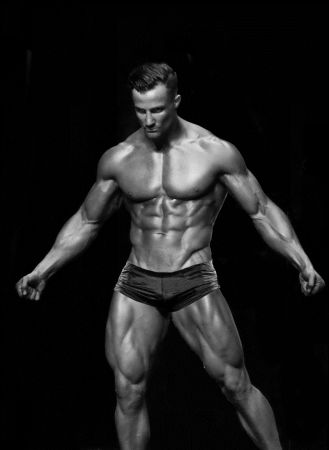
All the pictures used in this bookloet have been taken during competitions. They are free from use and used exclusively during an educational and reglementary goal.
Each athlete can ask, for legitimate reason, to remove his picture.
Summary :
1 : OUTFIT
2 : ROUNDS
Corrected poses
Imposed poses
Comparisons
Free posing
3 : CATEGORIES
4 : THE STANDARDS
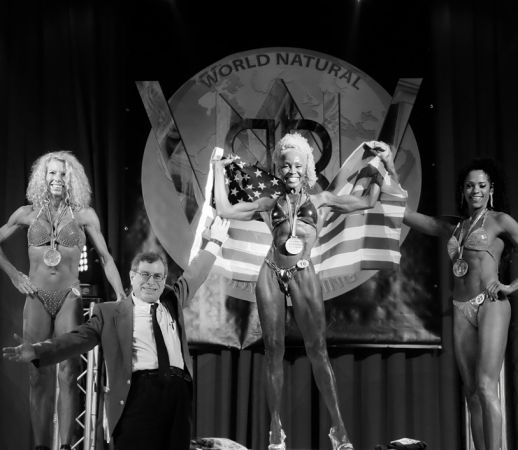
1 : OUTFIT
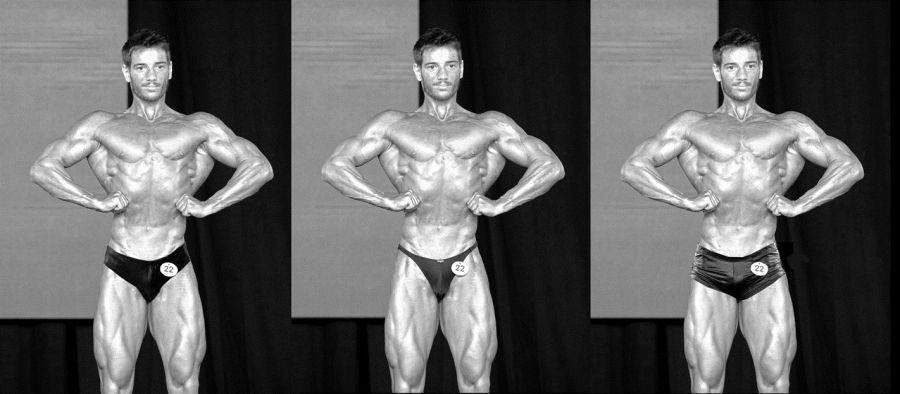
Man swimwear Solid color
No pattern
Glitters, shiny effect and strass allowed
Forbidden thong
No jewelry (wedding ring allowed)
Tan must be well spread (body and face) and dry touch when going on stage.
Waxing or shaving all over body is mandatory.
Bib number on the left at the waist, always visible
Any outfit change is forbidden between rounds.
N.B After outfit check, any failure will automaticalle lead to athlete disqualification if no remediation is possible.
Swimwear size: to choose
intermediate size / minimal size (mini 2cm on the sides) / maximal size
Commander un maillot
2 : ROUNDS
FIRST STEP: CORRECTED POSES
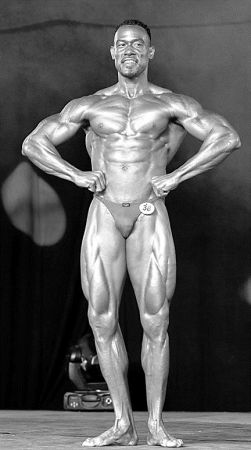
Under the chariman direction, all the athletes of the same category go on stage. The chariman introduce each athlete in ascending order of numbers. When number called the athlete make a step ahead. A free pose is allowed. Once all the athletes are introduces, poses are performed.
The four poses are always performed with a rotation to the left :
Front
Right profile
Back
Left profile
SECOND STEP : IMPOSED POSES
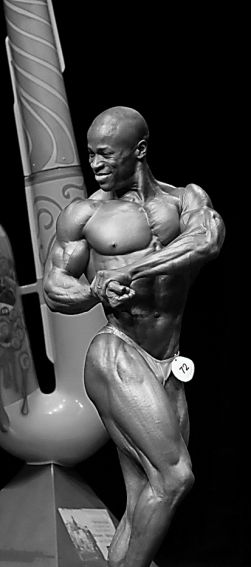
Under the direction of the chariman, all the athletes of the cateory perform the poses (always with the rotation to the left) :
8 poses:
Front double biceps (men and women)
Back from front (men)
Best profile cage (men and women)
Double biceps from back (men and women)
Back (Men)
Best profile triceps (men and women)
Abs & Thighs (men)
Most muscular (men)
THIRD STEP: COMPARISONS
Before any comparison, drawers can be performed. The left half of athletes must step back and the right half must step ahead. This allows the chairman to make a drawer and the athletes perform again the imposed poses.
After being back in ascendant order, athletes are aligned at the back of the stage. Comparisons of 3 can be asked by judges in order to value better athletes physiques and sharpen the ranking. The requests for comparisons are announced by the table head judge.
FOURTH STEP : FREE POSING
3 : CATEGORIES
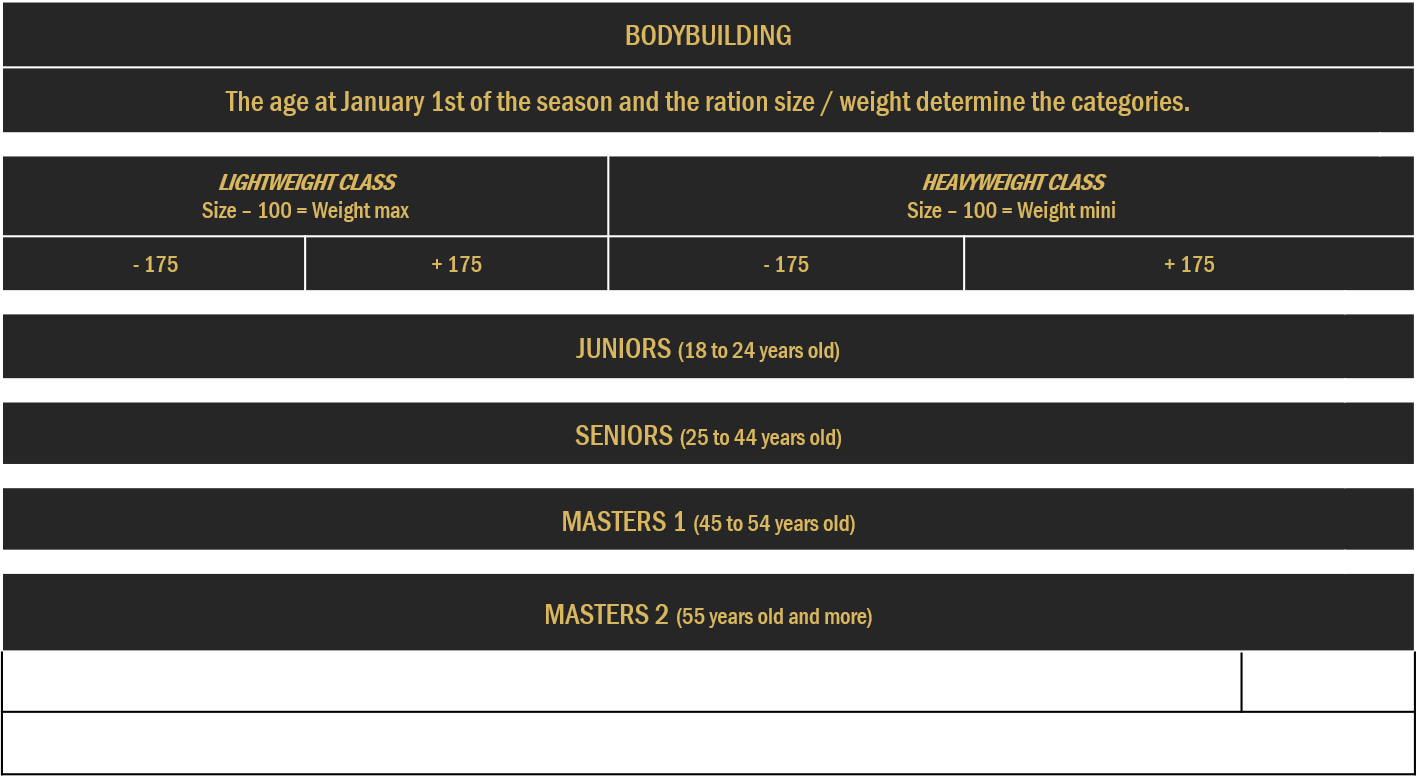

4 :THE STANDARDS
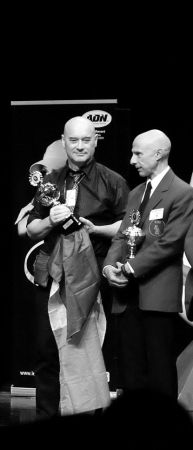
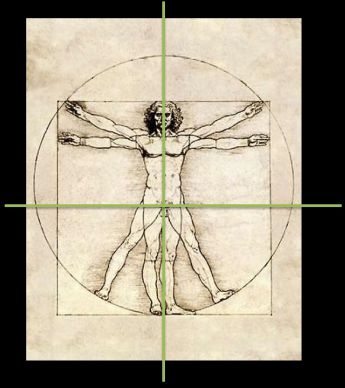
BodyBuilding "LIGHTWEIGHT CLASS"
BodyBuilding "HEAVYWEIGHT CLASS"
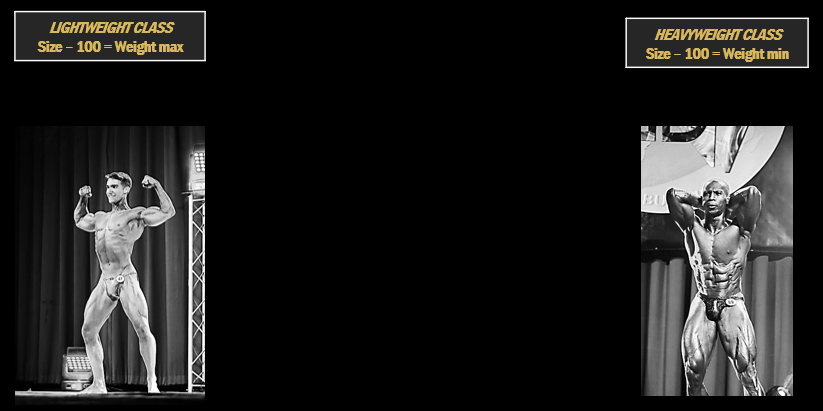
5 : POSES
General attitude:
Lengthening, « dignified » head bearing, smiling
Corrected front pose
Chest:
In maximal opening and optimal back flaring, « chest up » no body swing backward Shoulders aligned, abs, arms and forearms contracted.
Legs:
Always contracted at the maximum. More or less bent according to the definition and volume. Engage the hip to rotate outside. Possibility to rise up foot peaks. Pelvis in anteversion.
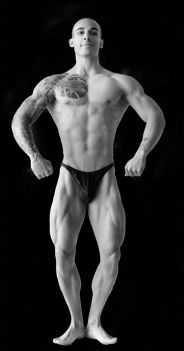
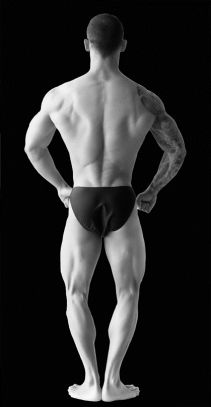
Position corrigée de dos
Chest:
In maximal opening and optimal back flaring, « chest up » no body swing backward Shoulders aligned, abs, arms and forearms contracted.
Back :
In maximal opening, « take up space ». Shoulders blades perfectly fixed, arms slightly opened, hip more or less in anteversion.
Legs:
Toujours contractées au maximum. Suivant la définition et volume plus ou moins fléchies. Forcer au niveau coxo-fémoral comme pour faire une rotation externe. Bassin en antéversion. Faire comme si on voulait décoller les talons pour faire ressortir les mollets.
Profile corrected pose
Chest:
Opening and enhancement of latissimus dorsi. Abs retracted and contracted. Rise up chest and pecs contracted. Open the shoulders and keep an eye on their alignment. Slight rotation of the chest toward jury.
Arms :
Arm on the jury side more or less taut according to biceps or triceps. Strong biceps, arm slightlybent, triceps strong, arm taut and internal rotation. The other arm contracted in bent position, without hiding the abs.
Legs:
The tight on jury’s side pressed under the opposite tight to make the hamstring pop. Heel slightly up, glutes backward and upward. The whole leg must be contracted.
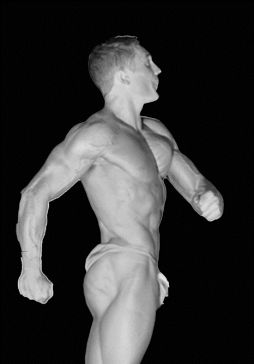
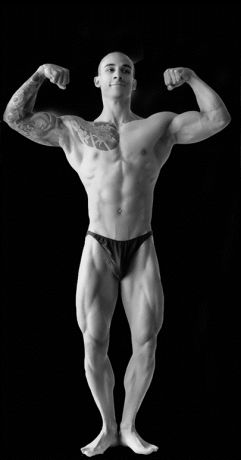
Imposed pose
Front double biceps
Biceps:
Elbows are more or less up to the shoulders according to morphology and forearms are more or less bent. Hands more or less closed.
Chest:
Back as flared and expanded as possible, shoulders aligned if possible. Abs contracted and belly retracted.
Legs:
Tights more or less taut according to definition and contraction. According to definition, possibility to « move » more or less the weight on one or the other leg to make the muscles pop. Pelvis in slight anteversion.
Imposed posed
Double back front view
Chest:
Back as flared and expanded as possible, latissimus dorsi well contracted. Shoulders aligned if possible
Pectorals contracted and domed upward if possible. Biceps in contraction. Abs contracted and belly retracted.
Legs:
Thights more or less taut according to definition and in maximal contraction. According to definition possibility to « move » more or less its weight on one or the other leg to show up muscles. Pelvis in slight anteversion.
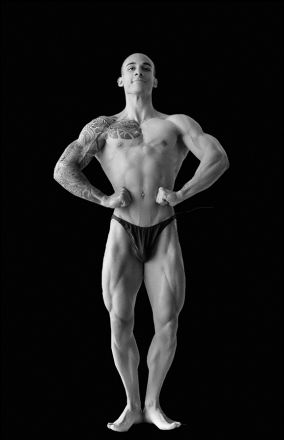
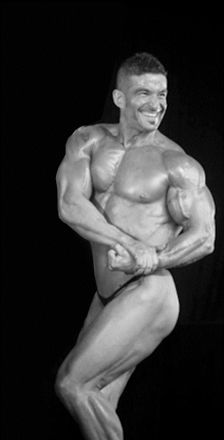
Imposed pose best profile biceps cage
Arms:
Arm on jury’s side more or less closed according to volume and biceps shape. Opposite hand pressing against rist or start of bent forearm. Opposite to jury’s arm more or less open according to morphology
Chest :
Rib cage opening. Abs retracted and contracted.
Chest domed and pectorals contracted. Open well and contract shoulders, keep an eye on their alignment (slightening bending toward jury). Slight rotation of the chest toward jury
Legs:
Tight on jury’s side crushed against the opposite tight to bring out the hamstring. In more or less bent position according to volume and definition of the hamstring. Heel slightly up, glutes up and backward. The whole leg must be contracted.
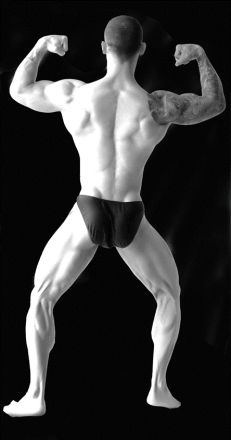
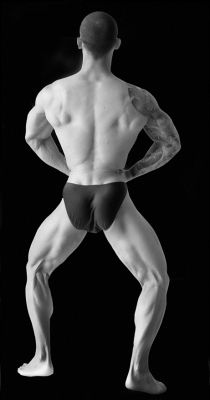
Imposed pose back
Chest:
Back as flared and expanded as possible, latissimus dorsi well contracted. Shoulders aligned if possible. Chest up to give volume on upper body if possible. Biceps in contraction.
Legs:
A tight on the side (more or less open according to definition and volume), half taut and contracted. The other opening and contracted, heel slightly up. Pelvis in slight anteversion.
Imposed pose best profile triceps
Chest :
Rib cage opening. Abs rectracted and contracted. Stick out the chest and pectorals contracted. Open and well contracted shoulders, keep an eye on their alignment. Slight rotation of the chest toward jury to show the triceps.
Legs:
Tight on jury’s side crushed against the opposite tight to bring out the mastring. In position more or less bent according to volume and definition of the hamstring. Heel slightly up, glutes up and backward. The whole leg must be contracted.
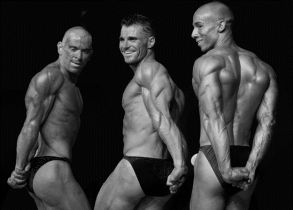

Imposed pose abs and thights
Arms:
Preferably behind the head, biceps well contracted
Chest :
Very slightly bent backward. Abs contracted. Play with obliques contraction. Open shoulders and flare back
Legs:
One tight toward jury, more or less taut, but the other contracted to the maximum. The other serves as a suppport and is contracted as for the corrected font face pose.
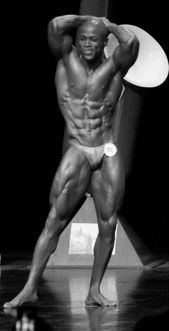
Imposed pose
« the most muscular or crab »
Arms:
Preferably bent, closed fist, down shoulders. Upper limbs must be contracted to the maximum.
Chest :
Bent forward, slightly rolled. The whole chest must be contracted to the maximum, including the bas.
Legs:
Legs can be on the same line or displaced. They must be contracted to the maximum..
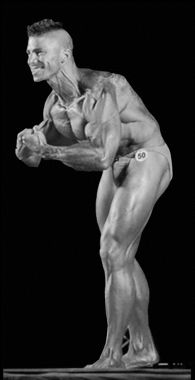
8/10 rue Edmond Besse, cidex 415 - 33083 Bordeaux cedex
mail: administration@wnbb.eu - tél: 06 32 64 71 27
-Siret 841 774 094 00020 w332022079